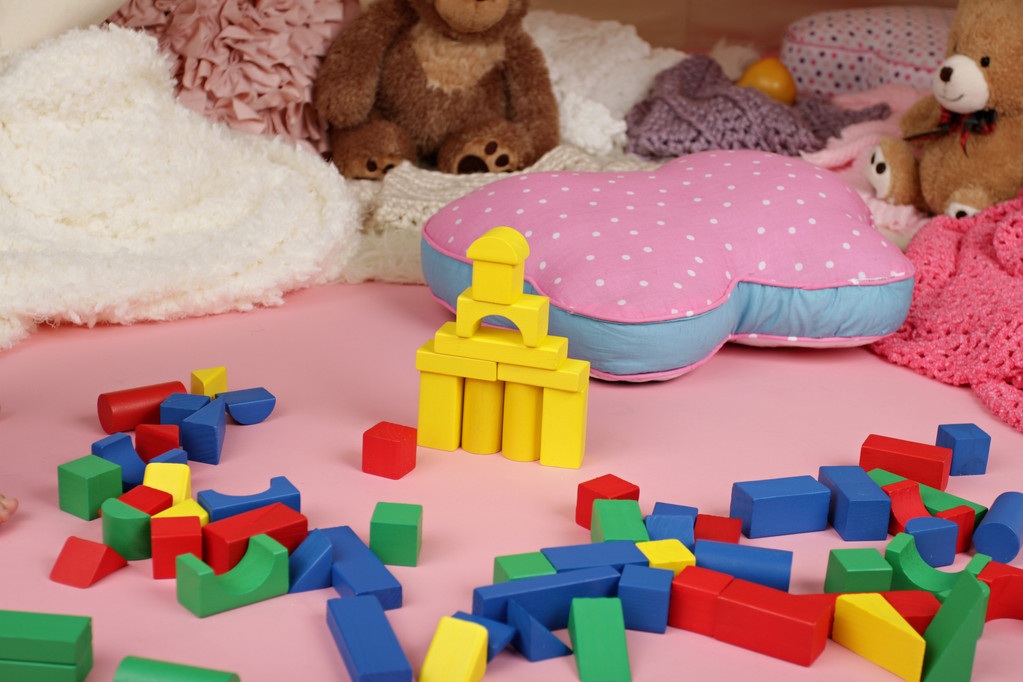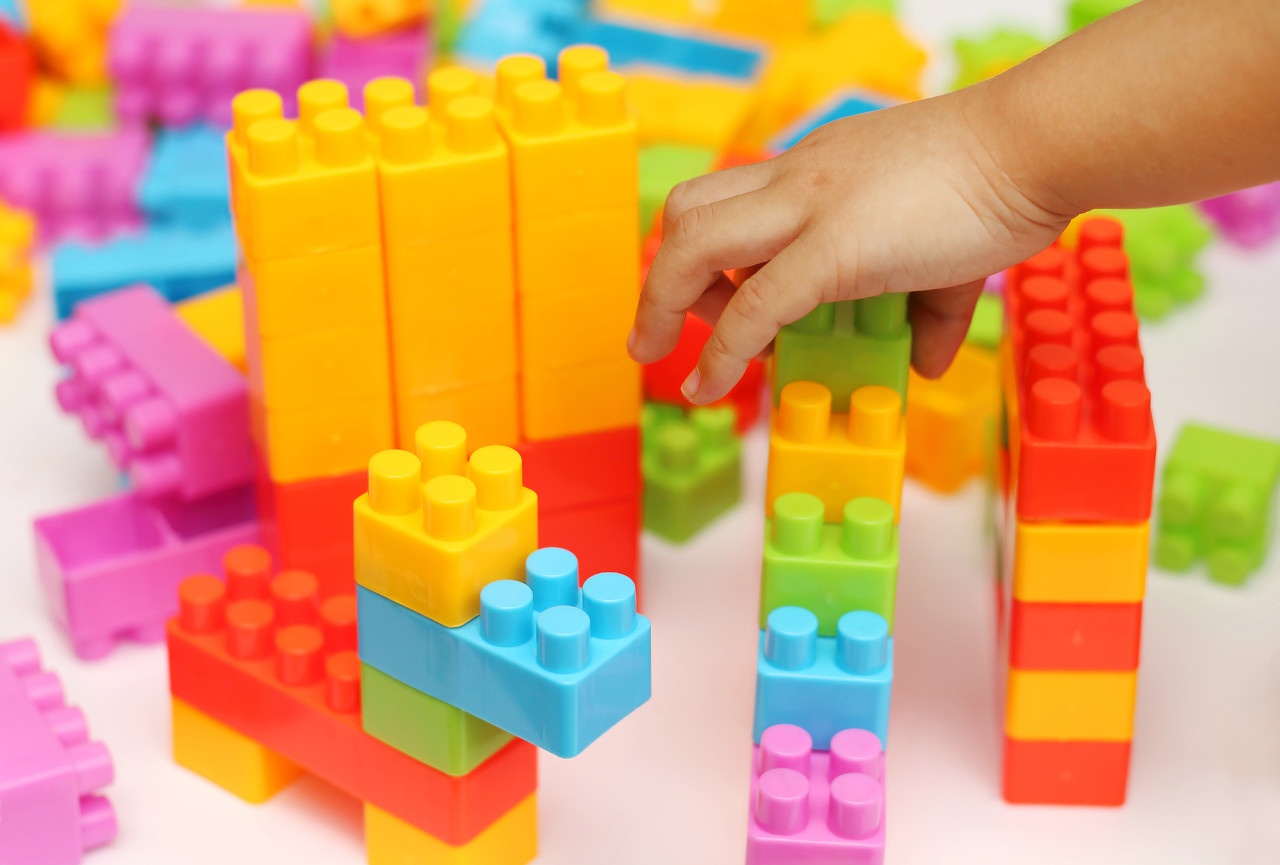
How can building blocks be played? Babies of different ages have different ways of playing according to their development.
4 ~ 8 months old
At this stage, babies begin to have the consciousness of grasping voluntarily. They will grasp, feel the texture of building blocks, feel different shapes and colors, and sometimes mischievously tear down various [buildings] built up by adults.
If the baby grabs the building blocks and throws them out, don’t be angry, the baby at this stage just likes to throw things to play. Why don’t you play the game with the baby? Beware of the pain.
Babies can play with building blocks in the following ways:
- Simple perception, touching with hands and biting with mouth to sense building blocks; Put it in and take it out. Put the building blocks one by one into the napkin box, pour them out and play again and again.
8 ~ 12 months old
At this stage, the baby already has a certain balance ability, sense of space, exercise ability, and the ability to do some fine exercises. You can stack the building blocks one by one. In the process of piling the building blocks, you can also use the building block box to help the baby practice taking out and putting back.
At this stage, the baby’s cognitive ability has been further improved and he has begun to understand some simple spatial relationships. Parents can use building blocks to design some spatial games to help the baby understand the spatial relationships between front and back, inside and outside.
Besides playing with building blocks, [seeing] and [feeling] are also important. For example, parents can point to the building blocks that their babies are paying attention to and say:
- Baby, look, this building block is red and that one is yellow. Baby, do the building blocks feel slippery/rough? Baby, this building block is triangular, but you see… it turns out to be rectangular.
13 ~ 18 months old
More than one-year-old babies have further developed their minds and bodies in all aspects, begun to understand most of the life scenes, and the development of their brains is also advancing by leaps and bounds.
At this stage, the baby’s sense of space and imitation ability are improving rapidly, and the color recognition ability is also increasing day by day. If you want your baby to develop healthily and happily, you may as well play with your child with colored building blocks.
Parents can use several colored building blocks, Simply build a structure, And try to let the baby be [architect] himself, There is no need to disturb them frequently. Babies can perceive spatial relationships during the process of piling up wood. Touch the texture of the building blocks and feel the weight of the building blocks. When you are about one and a half years old, you can also try to let your baby recognize the color of the building blocks, so that your baby can play happily and interact with your parents at the same time, which is also helpful to your baby’s language development.
Parents can play interactive games with their babies in the following ways:
- Dismantling and pushing. Parents take their children apart, or parents build high building blocks and children tear down and play repeatedly. Try to build it. Gradually, the children and their parents build it together and push it down together.
24 months old
At this stage, the baby’s hands-on ability and spatial understanding have improved significantly. A few building blocks seem to be no longer sufficient to provide [challenges], and the baby has certain ability to challenge some more complicated [building structures], for example, imitating the complex building blocks piled up by parents.
Stacking building blocks is a very good way for babies to exercise. With the development of balance ability, sense of space and fine exercise ability, the baby should have the ability to stack up more wood blocks and even to construct slightly complicated structures, which will further enhance their balance ability, sense of space and fine exercise ability.
There are many ways to play with building blocks. Here are some examples:
- Tile, children began to be able to tile building blocks into a shape; The base is high and a row of tall buildings is built. Build a tower. After you are skilled in building a tower, you will start to build a tower, such as building a wall and a gun with Lego. Imagine putting the building blocks in the big truck and playing with the goods.

36 months old
At this stage, the children have been able to pile up their own building blocks well, and sometimes they very much hope to share this [building] sense of accomplishment with their parents. Moreover, simple building blocks are not enough to play with at this time. Only more complicated and huge building blocks can enable the children to devote themselves to the [building] cause with great interest.
Building blocks is very beneficial to children’s spatial imagination, creativity and the development of anti-frustration ability. The American Association of Preschool Education requires that at least three different materials of building blocks should be used in the class construction area, and there should also be workable characters and animals for children to join in the building to play imagination games.
Recommend three kinds of building blocks that are popular with children: solid color building blocks, Lego toys and magnetic pieces. The playing methods of building blocks are not fixed. Children have different interests and will create some new playing methods.
If parents and babies don’t know how to play with building blocks, here are some examples:
- To surround or surround a closed yard, house, garage; Imagine, join small people or cars to play imaginary games.
